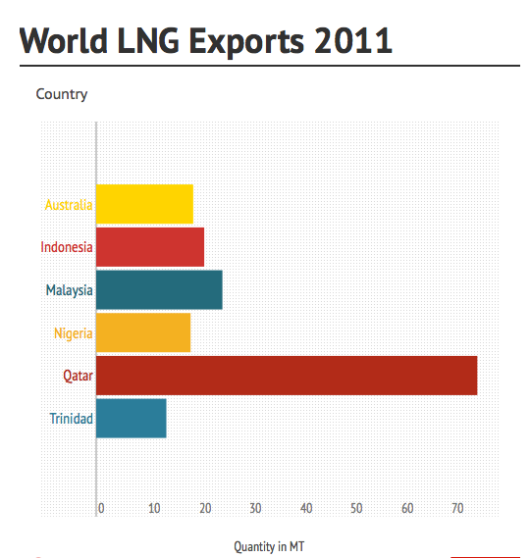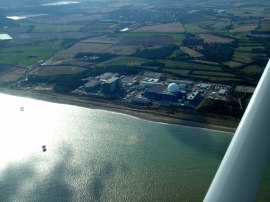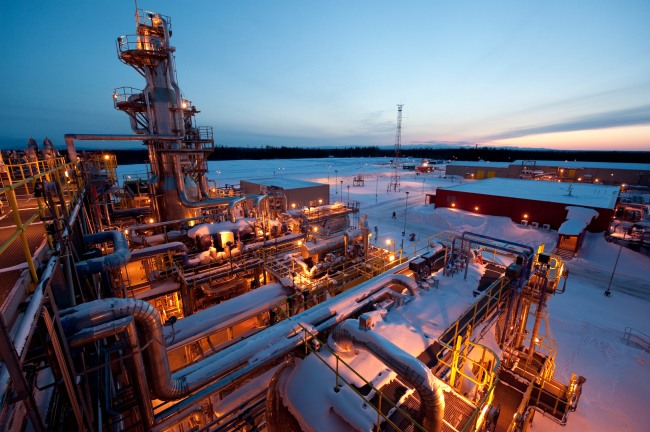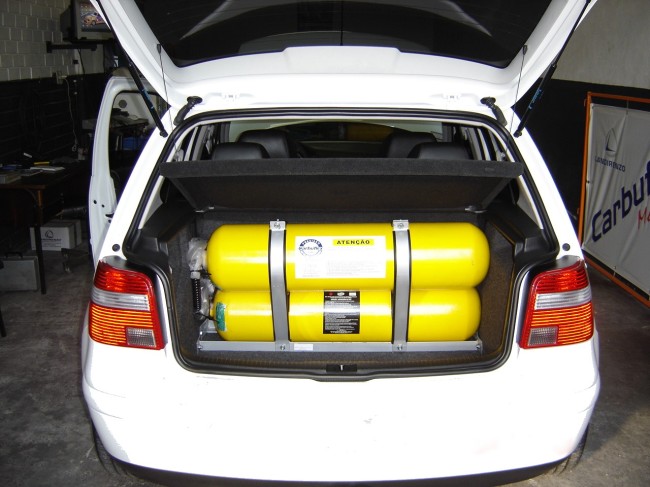As we have seen over the past weeks, Natural Gas has the versatility and ability to answer all of our energy needs. This versatility stems from the high efficiencies of its energy production. As I spoke about in my 2nd blog post, “Natural Gas Powering Industry” the ability to compress and cool Natural Gas gives a huge increase in molecular components to store additional energy by forming more bonds. Through this storage we gain a higher amount of energy extraction when we combust the same amount of Natural Gas.
With all of these substantial benefits, countries have begun exploration of their own Natural Gas Resources. There is a large consensus in the world that Natural Gas should be used and it will provide many countries a higher level of energy independence. However, with relatively no exports between countries right now (Natural Gas Reserves Around the World Bridging Future and Current Energy Sources) the world must undertake a substantial amount of development in order for this resource to become as wide spread and interchanged as oil.
Within the next few decades, it is detrimental that we find a new energy source. With the combination of climate change, depletion of resources and the volatility of the countries we import oil from, the current and future economy cannot be supported by the current system.
Thats not to say Natural Gas has no issues. There aspects of its production need to be addressed, however if we implement the right regulation and the right strategies we can begin taking steps towards a cleaner world.
I await a period that is powered by all renewable sources of energy and a time that we can begin to turn back the effects of climate change. However, we have to be realistic about the time and amount of money developing these resources will take. As we implement development we must have an energy source to sustain us. If we must pick from what our current system have now or a system that can power more homes, cities and nations, cheaper, more effectively and cleaner why would we not take this option.
It is now up to you all, you are the voice of our nation and you will be the ones to make the decision on this resource as key elections and votes are undertaken in the coming years. Use your new found knowledge and make the judgement you best see fit.
Remember that at the end of the day we must power our society and all paths will have large costs and benefits.
The choice is up to you.










